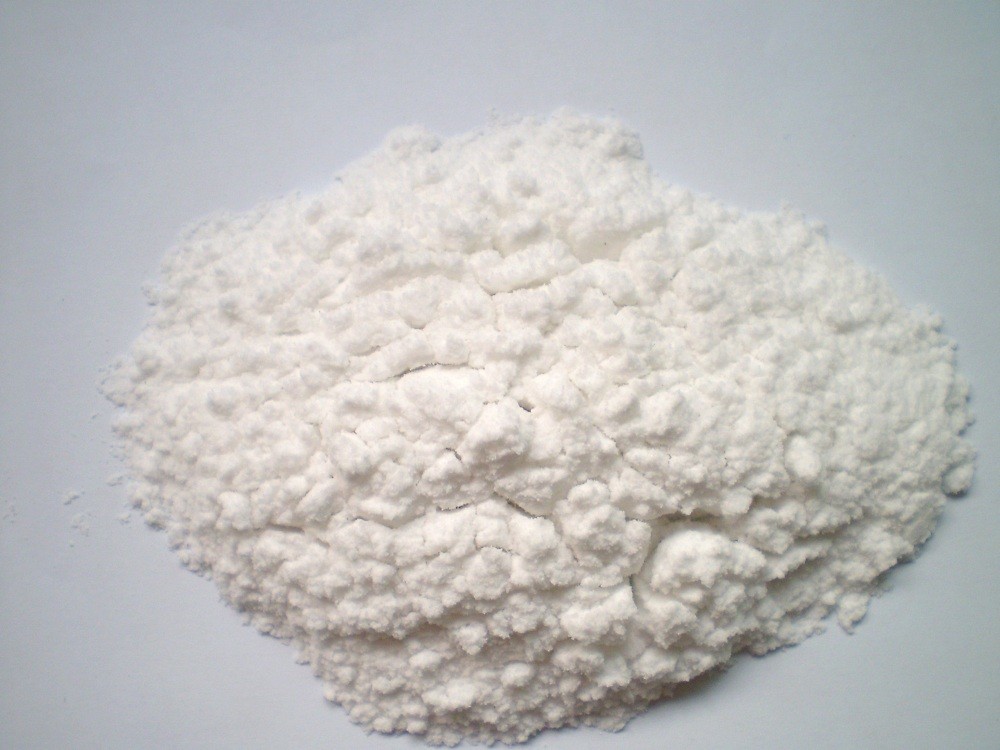 The giardiasis is a disease that affects the digestive tract, caused by a microscopic parasite (a protozoan) called Giardia lamblia , whose main symptom is diarrhea and related dehydration.Abdominal pain, distention and flatulence, and recurrent diarrhea may be associated with Giardia lamblia infection, especially in children. Inhabiting the duodenum and upper jejunum, the parasite is a pear-shaped flagellate, anteriorly broad and rounded and tapering to a point not unlike a tennis racket.
The giardiasis is a disease that affects the digestive tract, caused by a microscopic parasite (a protozoan) called Giardia lamblia , whose main symptom is diarrhea and related dehydration.Abdominal pain, distention and flatulence, and recurrent diarrhea may be associated with Giardia lamblia infection, especially in children. Inhabiting the duodenum and upper jejunum, the parasite is a pear-shaped flagellate, anteriorly broad and rounded and tapering to a point not unlike a tennis racket.
It is convex dorsally with a ventral attachment disc. There are sets of identical structures on either side of the median line. When stained, there are two nuclei, four pairs of flagella, and a parabasal body. In fresh stool this trophozoite is actively motile with an irregular characteristic progression. It reproduces by longitudinal binary fission.
The thick-walled cysts are 10 to 14 fxby 6 to 10 /jl and have two to four nuclei with curved rods or axostyles. In some infections several million cysts per gram of feces may be passed. Only in patients with very rapid bowel transit times do trophozoites appear in the stool, although they may be found in duodenal aspirate. Cultivation of Giardia in vitro has recently been achieved.
The infective cysts are transmitted in food and drink, and the infection is cosmopolitan. The great’ majority of patients are asymptomatic, but there is no doubt that heavy infections are associated with symptoms. Diarrhea is the most common symptom, and the stools are pale and contain mucus. Giardia is in fact a cause of steatorrhea, and patients have abnormal fat balances and D-xylose tests which return to normal after successful treatment The hypothesis that this malabsorption is the result of a mechanical barrier produced by large numbers of parasites attached to the microv-iJlai surface is attractive, but effects on digestif enzyme activity and microvillar function are po ;i.4e Villous flattening with inflammatory nfiltratiofl h&F been demonstrated in one study.
Diarrhea may alternate with constipation, and apart from these symptoms epigastric pain resembling a peptic ulcer may be a disabling symptom Anorexia, meat intolerance, and loss of weight may occur. Although Giardia may be found in the gallbladder, the evidence that it is responsible for cholecystitis is unsatisfactory. Giardiasis must be distingu hed from other causes of malabsorption and peptic ulcer.
Giardiasis, symptomatic or not, should always be treated Two drugs are equally effective. Quinacrine hydrochloride (Atabrine),- in a dose of 100 mg. three times a day after food for seven days, is an established therapy, but the drug has a bitter taste, and nausea and vomiting may result. It may also stain the skin yellow^-but psychosis does not occur at this dosage level. Metronidazole (Flagyl), 200 mg. three times a day after food for ten days, is equally effective with few side effects. Both drugs have about an 80 per cent cure rate, and in the event of failure of one drug the other can be tried. The follow-up procedures are similar to those in amebiasis.
